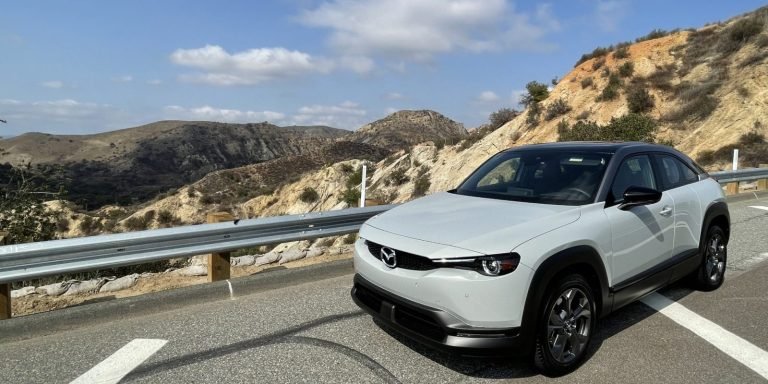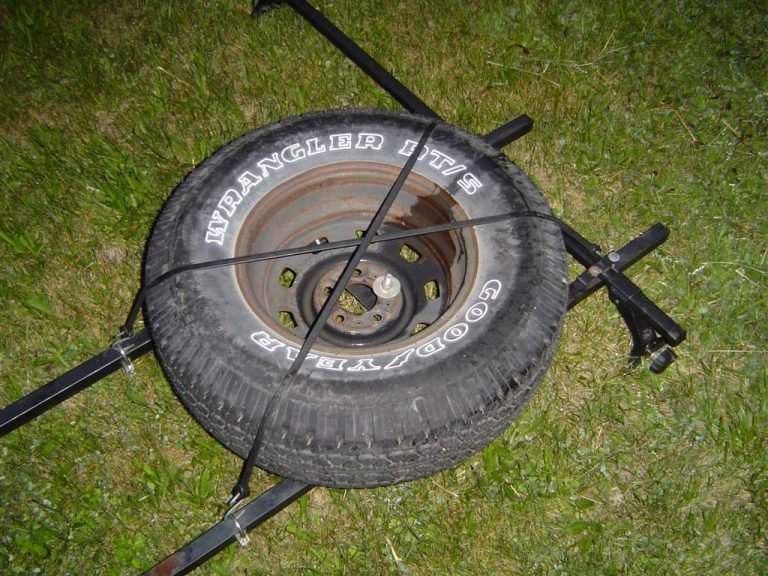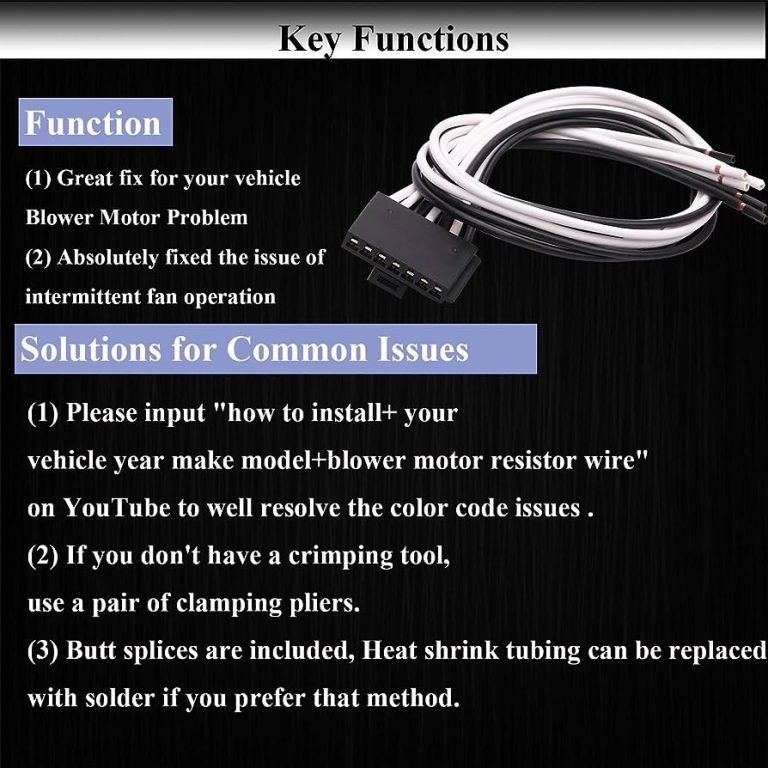Why Are Heim Joints Illegal
Heim joints, also known as spherical rod ends, are articulate joints that are common in various mechanical and structural applications such as off-road vehicles and industrial machinery. However, they are illegal to use on road-going vehicles in many jurisdictions. The primary reason why Heim joints are illegal for road use is safety. Their design is not ideal for the harsh environment of everyday road use — especially on public highways — due to multiple factors that we’ll explore later on in the article. Their lack of longevity, susceptibility to dirt and grime, and the failure risks they pose over time compare to more durable and secure alternatives that are sanctioned for road use.
Understanding Heim Joints
Heim joints are mechanical articulating joints often found in the suspension systems of off-road and sport vehicles, aircraft, and some industrial machinery. Designed for durability and flexibility, Heim joints allow for a wider range of motion than conventional ball joints. However, despite these advantages, some drawbacks make them unfit for daily highway and city use.
The Mechanics of Heim Joints
Heim joints operate on a very simple mechanical principle: the ball and socket. Similar to the human hip joint, these units pivot and rotate to accommodate a broad spectrum of movement, making them ideal for vehicles operating in extreme and unpredictable situations.
Why Are Heim Joints Illegal?
Several reasons collectively contribute to the illegality of Heim joints for regular road use. Below, we delve into these considerations in detail to provide a comprehensive understanding.
Shortened Lifespan
Heim joints tend to have a short lifespan when used on frequently driven road vehicles. Everyday driving exposes the joints to constant vibration, impact, and stress — resulting in premature wear and a higher risk of failure.
Increased Risk of Failure
As these joints wear down, the risk of sudden failure dramatically increases. A worn or loose Heim joint can cause abnormal suspension and steering behavior, leading to hazardous driving conditions. In extreme cases, heavy wear can lead to catastrophic failure, resulting in accidents.
Susceptibility to Environmental Factors
Environmental factors also play a significant role in shortening the lifespan of Heim joints. They are vulnerable to rust, fluid contamination, and dirt intrusion, which can cause premature failure.
Preventing Problems With Heim Joints
To prevent the problems associated with Heim joints, follow this checklist for proper maintenance:
• Regularly check for wear or damage, especially if the vehicle is frequently used on the streets.
• Maintain a cleaning schedule to avoid rust and contamination.
• Routinely lubricate the joints to enhance their lifespan.
• Use protective boots if possible to limit direct exposure to environmental factors.
Frequently Asked Questions
Q. Are all Heim joints illegal for road use?
No, not all Heim joints are illegal for every road-going vehicle, and the laws vary depending on the jurisdiction. It’s best to check local regulations to be sure.
Q. What are alternatives to Heim joints for road vehicles?
Ball joints and tie rod ends are two legal alternatives that offer durability and reliability for road use.
Final Thoughts
Heim joints offer a broad range of motion that is beneficial in certain situations but is not suitable for everyday road use. Their illegality primarily rests on safety grounds, and the laws are in place to ensure the wellbeing of all road users. However, with proper maintenance and care, Heim joints can serve effectively in their sanctioned industrial and motorsport applications. Remember, safety should always be a priority when it comes to the mechanical components of any vehicle.






